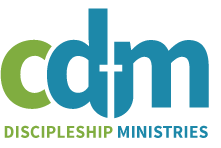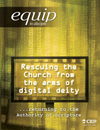Don’t you just love it when you know someone who can take all the information you have and make something useful with it? This is the strength of the Common Sense Learner. He is able to take all the facts gathered so accurately and sequentially by the Analytic Learner and put them to good use.
Some of the characteristics of this learning style include:
- Goal oriented – not just satisfied with facts unless they can test them
- Excel at problem solving “how tos”
- They live in a realistic world and not an “idea” world (concrete thinking vs. abstract)
- They see skills as knowledge rather than facts
- They don’t want to be given answers; they prefer to work out the solution. And here is the key, they want to be active and involved with discovering the solution.
- They prefer to work by themselves rather than in groups (very unlike the Imaginative or Dynamic Learners)
- They too do not like lectures! This is true of three of the four learning styles, yet most teachers insist that this is the most effective method. Well, remember next time, that

 The Imaginative Learner that we looked at last time asks the question – Why? Why must we learn this information. Likewise, the Analytic Learn asks his/her own question – What? What are the facts here? What information can I learn from this lesson?
The Imaginative Learner that we looked at last time asks the question – Why? Why must we learn this information. Likewise, the Analytic Learn asks his/her own question – What? What are the facts here? What information can I learn from this lesson?

 We like information presented logically and sequentially. This is very western, unlike the other 2/3 of the world that is more interested in the story and the happening than the time. It is hard to teach many subjects in any way except chronologically, so we must use stories and illustrations to make them more understandable to all learners. (We all learn from stories and illustrations – it is the part of the sermon we remember the best.)
We like information presented logically and sequentially. This is very western, unlike the other 2/3 of the world that is more interested in the story and the happening than the time. It is hard to teach many subjects in any way except chronologically, so we must use stories and illustrations to make them more understandable to all learners. (We all learn from stories and illustrations – it is the part of the sermon we remember the best.)